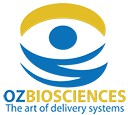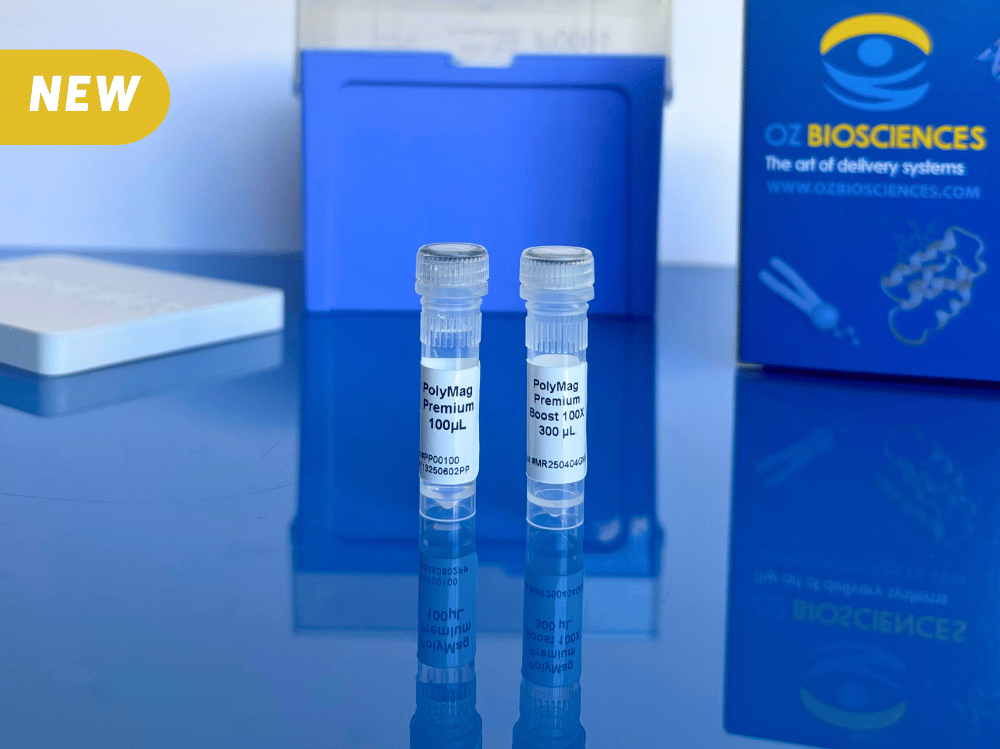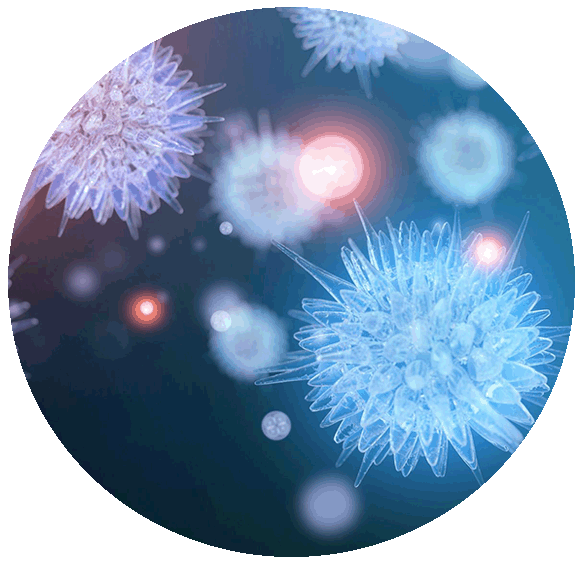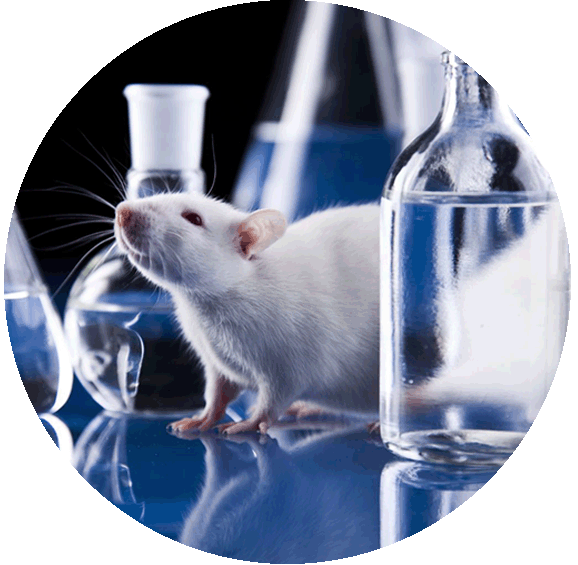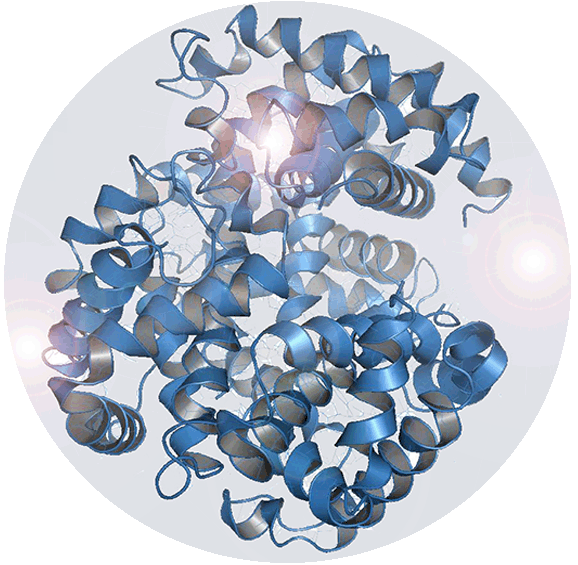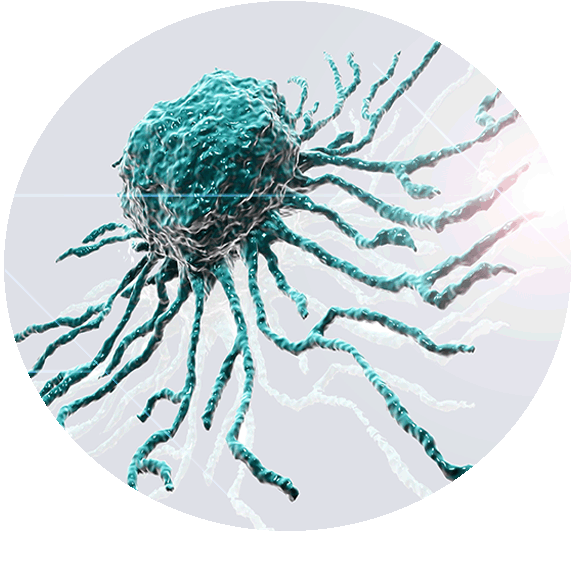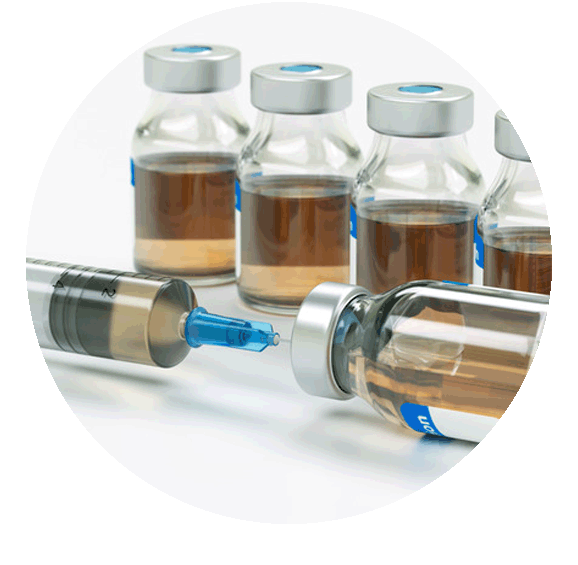FAQ & Transfection Tips > Assay Kits & Transfection Tools
Summary:
1. Are the assay kits compatible with different instrument platforms?
2. Are the assay kits compatible with specific biological samples?
3. Do the assay kits require special equipment for use?
4. Can our assay kits be used to quantify nucleic acids extracted from biological tissues?
5. What are the reaction times for our assay kits?
6. Are our assay kits suitable for real-time applications?
7. How to choose the right transfection kit for your experiments?
 1. Are the assay kits compatible with different instrument platforms?
1. Are the assay kits compatible with different instrument platforms?
The assay kits (cellular assay kits) developed by OZ Biosciences are designed to address various applications. (1) Following transfection of control plasmids (pVectOZ-LUC, pVectOZ-LacZ, or pVectOZ-SEAP), OZ Biosciences offers kits to measure enzymatic activity and to quantify or visualize the expression of specific proteins such as luciferase, β-galactosidase, or alkaline phosphatase enzymatic activity. The kits include Luciferase Assay Kit, CPRG, ONPG, X-Gal, or SEAP assay Kit. Different instrument platforms compatible with optical microscopy, colorimetric plate readers, and luminescence readers are utilized. (2) Various solutions are also available for total protein quantification in samples, whether based on colorimetry such as the BCA Protein Assay or the Bradford Protein Assay, or on fluorimetry such as the Fluoprodige. (3) Cellular activation and specifically oxidative stress can also be measured using different kits such as the ROS Detection Assay and Nitric Oxide (NO) Detection. A broader range of instruments can monitor this activation, including microscopy, flow cytometry, or fluorimetry for ROS, and colorimetry for NO. (4) Finally, senescence and viability can also be measured using 5 kits, which, depending on the reading system, employ optical microscopy, colorimetry, or fluorescence.
The assay kits are indeed compatible with various instrument platforms, ranging from observation under optical or fluorescence microscopy to flow cytometry, as well as colorimetric, luminescence, or fluorescence readings.
The main features along with the reading systems are summarized in Table 1 below.
| OZBiosciences Assay Kit | Application | µS | CeF | Col | Lum | Fluo |
|---|---|---|---|---|---|---|
| Nitric Oxide Detection Kit | Cellular Activation | X | ||||
| ROS Detection Assay Kit | Cellular Activation | X | X | X | ||
| CPRG kit | Expression of Control Gene (β-Gal) | X | ||||
| ONPG kit | Expression of Control Gene (β-Gal) | X | ||||
| X-Gal Staining kit | Expression of Control Gene (β-Gal) | X | ||||
| BCA Protein Assay Kit | Protein Assay | X | ||||
| Bradford Protein Assay | Protein Assay | X | ||||
| FluoProdige Assay Kit | Protein Assay | X | ||||
| Luciferase Assay kit | Expression of Control Gene (Luc) | X | ||||
| SEAP Assay kit | Expression of Control Gene (SEAP) | X | ||||
| Senescence Kit | Senescence | X | ||||
| LDH Cytotoxicity Assay Kit | Cell Viability | X | ||||
| MTT Cell Proliferation Kit | Cell Viability | X | ||||
| OZBlue Cell Viability Kit | Cell Viability | X | X | |||
| WST-8 Cell Proliferation Kit | Cell Viability | X |
Table 1. Cell kits developed by OZBiosciences. µS-microscopie ; CeF-Cytométrie en Flux ; Col-colorimetrie ; Lum-Luminescence ; Fluo-Fluorimétrie.
 2. Are the assay kits compatible with specific biological samples?
2. Are the assay kits compatible with specific biological samples?
Each assay kit is tailored to a specific biological sample. Generally intended for cells in culture (adherent or suspension), measurements are most often taken from supernatants, cells in culture or cell lysates. Depending on the application, different reagents are used to make up the kits, with specificities linked to the biological sample, such as the presence of lysis buffer for measurements of the expression of total proteins or proteins of interest, or reagents to solubilize the cells in order to extract the markers to be assayed - as with the MTT kit. For other kits, such as the Secreted Alkaline Phosphatase Kit (SEAP), measurements are made after removing an aliquot of supernatant. To assess viability using the OZBlue kit, measurements are taken directly in the culture medium; viable, this dye enables the experiments to continue (Table 2).
| OZBiosciences Assay Kit | Application | SN | Cell | Lys |
|---|---|---|---|---|
| Nitric Oxide Detection Kit | Cellular Activation | X | ||
| ROS Detection Assay Kit | Cellular Activation | X | ||
| CPRG kit | Expression of Control Gene (β-Gal) | X | ||
| ONPG kit | Expression of Control Gene (β-Gal) | X | ||
| X-Gal Staining kit | Expression of Control Gene (β-Gal) | X | ||
| BCA Protein Assay Kit | Protein Assay | X | ||
| Bradford Protein Assay | Protein Assay | X | ||
| FluoProdige Assay Kit | Protein Assay | X | ||
| Luciferase Assay kit | Expression of Control Gene (Luc) | X | ||
| SEAP Assay kit | Expression of Control Gene (SEAP) | X | ||
| Senescence Kit | Senescence | X | ||
| LDH Cytotoxicity Assay Kit | Cell Viability | X | ||
| MTT Cell Proliferation Kit | Cell Viability | X | ||
| OZBlue Cell Viability Kit | Cell Viability | X | ||
| WST-8 Cell Proliferation Kit | Cell Viability | X |
Table 2. Sensitivity of each assay kit.
 3. Do the assay kits require special equipment for use?
3. Do the assay kits require special equipment for use?
The assay kits require dedicated equipment, but these are typically standard and commonly found in all laboratories, such as an optical microscope, a colorimetric plate reader, a fluorimeter, or a luminometer. Depending on the equipment available in the laboratory, the user can choose the appropriate kit to best meet their needs.
There is no need for highly specialized instruments, just ones adapted to the reading method. It is important to note that the kits are generally compatible with all plate formats and can accommodate different sample volumes.
 4. Can our assay kits be used to quantify nucleic acids extracted from biological tissues?
4. Can our assay kits be used to quantify nucleic acids extracted from biological tissues?
No, we do not have such kits.
 5. What are the reaction times for our assay kits?
5. What are the reaction times for our assay kits?
The reaction times vary depending on the kit used. Table 3 provides the different times according to the applications and only considers the incubation duration between the addition of reagents and the reading of results. Previous steps such as cell culturing, stimulation, and assay preparation are not mentioned as they vary from one experiment to another and would not accurately reflect the reaction time.
| OZBiosciences Assay Kit | Application | Reaction Times |
|---|---|---|
| Nitric Oxide Detection Kit | Cellular Activation | 10 min – 1 h |
| ROS Detection Assay Kit | Cellular Activation | 30 min |
| CPRG kit | Expression of Control Gene (β-Gal) | 10 min – 4 h |
| ONPG kit | Expression of Control Gene (β-Gal) | 10 min – 4 h |
| X-Gal Staining kit | Expression of Control Gene (β-Gal) | 1 to 18 h |
| BCA Protein Assay Kit | Protein Assay | 1h |
| Bradford Protein Assay | Protein Assay | 5 min to 1 h |
| FluoProdige Assay Kit | Protein Assay | 15 min |
| Luciferase Assay kit | Expression of Control Gene (Luc) | 1 - 15 min |
| SEAP Assay kit | Expression of Control Gene (SEAP) | 5 to 45 min |
| Senescence Kit | Senescence | 1 to 18 h |
| LDH Cytotoxicity Assay Kit | Cell Viability | 20 min to 1 h |
| MTT Cell Proliferation Kit | Cell Viability | 30 min to 4 h |
| OZBlue Cell Viability Kit | Cell Viability | 30 min to 4 h |
| WST-8 Cell Proliferation Kit | Cell Viability | 30 min to 4 h |
Table 3. Reaction times for each type of assay kit.
 6. Are our assay kits suitable for real-time applications?
6. Are our assay kits suitable for real-time applications?
It will depend exclusively on the application. For example, when intracellular assay kits are used, it is necessary to lyse or fix the cells. This stops the cell cycle, making it impossible to continue tracking the experiment's progress; these kits are therefore not used for real-time applications (e.g., Luciferase Assay Kit, MTT, Bradford, ONPG, etc.). However, when the assay is performed by measuring elements present in the supernatant (as with the SEAP or OZBlue kit), it is entirely possible to monitor the experiment's progress and take measurements at regular intervals without degrading the cells. These kits can therefore be used for real-time applications.
 7. How to choose the right transfection kit for your experiments?
7. How to choose the right transfection kit for your experiments?
The transfection reagent will be chosen based on several criteria:
- The type of cell to be transfected: for a primary cell, Magnetofection is recommended, and for a cell line, a method based on lipid or polymer reagent.
- The type of molecule: depending on the type of molecule, a dedicated reagent will be required. Indeed, reagents that transport small nucleic acids such as siRNA will not work for larger, more charged molecules that require greater compaction capacity. Each application will therefore have a specific reagent, depending on the type of cell.
- The type of application: depending on the purpose of the transfection, the kits used will be different. Indeed, there will be different reagents for genetic modification purposes or for protein bio-production or viral particle production, for example.
- The model: the offered reagents will also differ depending on the experimental model. In vitro, if cells are cultured conventionally (adherent or suspension) in culture plates such as 24-well, 96-well, or 6-well plates (or other formats), then certain reagents will be used. For cultures in 3D, in gel or solid support systems (hydrogels and 3D sponges, respectively), we have developed specific products that promote the creation of activated gene matrices. In more complex ex vivo systems such as explants or organotypic slices, we recommend using XPMag, a Magnetofection-based reagent developed to transfect different layers of the retina. Finally, we also have solutions for in vivo delivery of molecules systemically or targeted, for the entire animal or specifically for the brain.
 8. What is the sensitivity of the assay kits?
8. What is the sensitivity of the assay kits?
The sensitivity of assay kits varies depending on the application and/or the type of molecule being measured. As mentioned in the table below, sensitivity can be expressed in terms of molarity, enzyme units, quantity per volume, number of cells per well, or bacterial colony count (Table 4). Generally, assay kits have been developed to have very high sensitivity to cover a broad spectrum of measurements. It is important to note that for the same application, such as toxicity assessment, some kits offer two reading modes, either fluorimetric or colorimetric, to increase sensitivity when low values are measured - fluorescence reading being more sensitive.
| OZ Biosciences Assay Kit | Application | Sensibility |
| Nitric Oxide Detection Kit | Cellular activation | ~2µM – 125 pmol |
| ROS Detection Assay Kit | Cellular activation | ~10pM |
| CPRG kit | Gene expression control (B-Gal) | ~0.5 mUnits B-Gal |
| ONPG kit | Gene expression control (B-Gal) | ~1.5 mUnits B-Gal |
| X-Gal Staining kit | Gene expression control (B-Gal) | NA |
| BCA Protein Assay Kit | Protein quantification | 50 µg/mL |
| Bradford Protein Assay | Protein quantification | 50 µg/mL |
| FluoProdige Assay Kit | Protein quantification | 40 ng/mL |
| Luciferase Assay kit | Gene expression control (Luc) | <10-20pmol. |
| SEAP Assay kit | Gene expression control (SEAP) | ~2.5 mU/mL |
| Senescence Kit | Senescence | NA |
| LDH Cytotoxicity Assay Kit | Cell viability | 0.01u/mL LDH |
| MTT Cell Proliferation Kit | Cell viability | ~250 cells/well |
| OZBlue Cell Viability Kit | Cell viability | 1000 cfu |
| WST-8 Cell Proliferation Kit | Cell viability | ~250 cells/well |
Table 4. Sensitivity of each assay kit.
